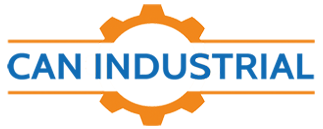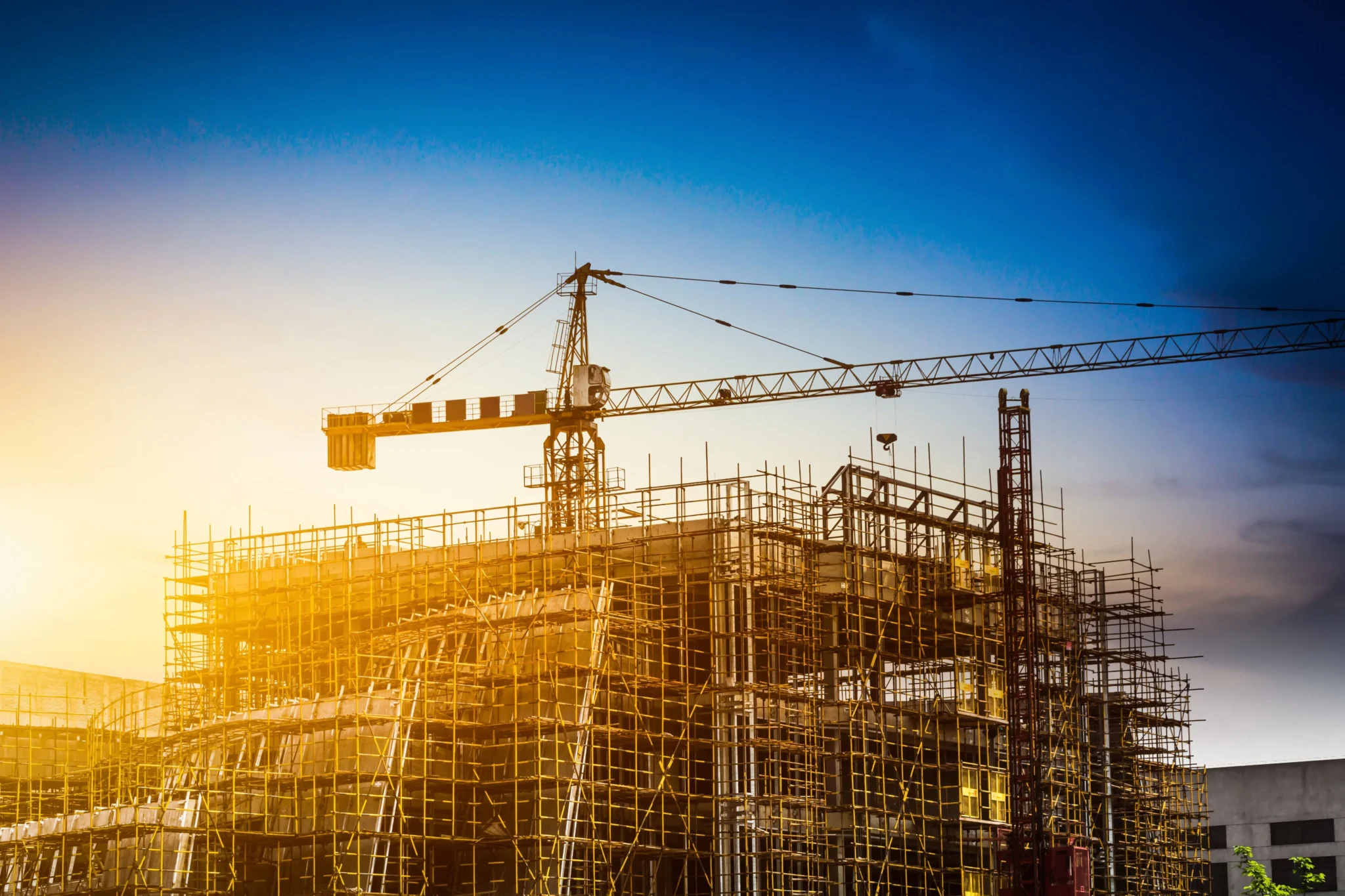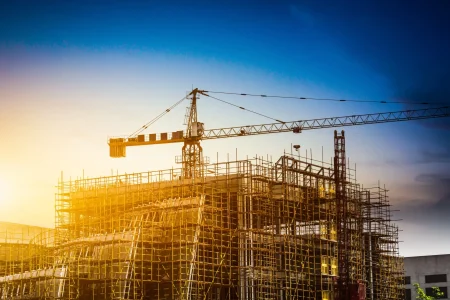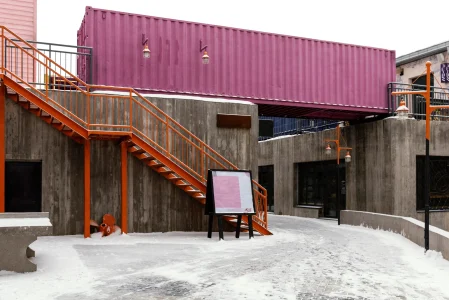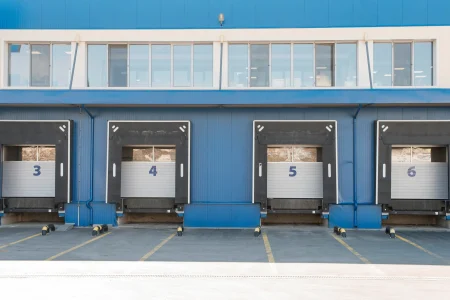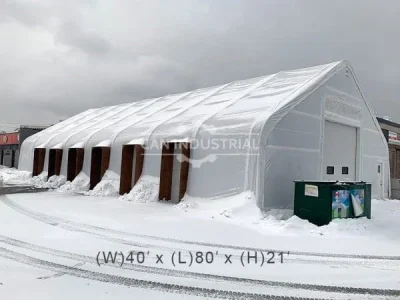In the fast-paced world of construction, keeping your site safe, secure, and compliant with local regulations is not just a matter of preference it is an absolute necessity. Every day, contractors, project managers, and workers face challenges related to safety hazards, theft, and site accessibility. One of the simplest yet most effective solutions is the use of temporary fencing.
Temporary fencing is not just a boundary marker. It is a versatile security system that protects people, equipment, and property while ensuring smooth project operations. In this guide, we will walk you through everything you need to know about choosing the right temporary fence for your construction project.
Why Temporary Fencing Matters in Construction
Construction sites are busy and often located in areas with high pedestrian or vehicle traffic. Leaving them open can expose the project to risks such as:
- Unauthorized Entry: Trespassers may enter, leading to accidents or theft.
- Equipment Theft: Tools and heavy machinery are valuable targets for criminals.
- Safety Concerns: Without barriers, passersby could accidentally enter dangerous zones.
- Regulatory Issues: Local authorities often require fencing as part of construction permits.
By investing in high-quality temporary fencing, project managers avoid these risks and build trust with stakeholders. It demonstrates that safety and professionalism are top priorities
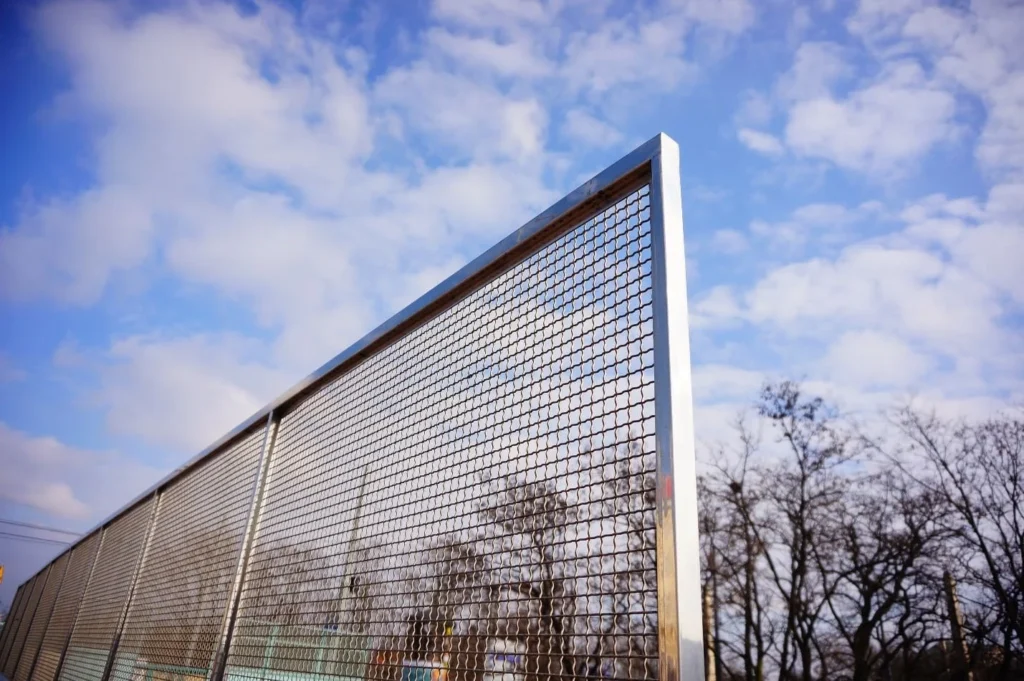
Assessing Your Site and Security Needs
Not every construction project has the same requirements. Before purchasing or renting fencing, take time to assess:
- Size of the Site: Larger sites need longer perimeters and potentially multiple access gates.
- Duration of the Project: A short-term renovation might need lightweight fencing, while multi-year projects benefit from heavy-duty galvanized steel.
- Type of Work: High-risk activities like demolition require stronger fencing and visibility features compared to basic landscaping jobs.
- Local Requirements: Municipalities across Canada and the USA may require fencing that meets specific height and safety standards.
By carefully evaluating these factors, you avoid overpaying for features you don’t need or underestimating your site’s requirements.
Material and Durability Considerations:
When it comes to fencing, the material matters. Construction sites experience constant movement, vibrations from machinery, and exposure to harsh environments.
• Galvanized Steel Fencing: This is one of the most durable options. The galvanization process creates a protective coating that prevents rust, making it ideal for Canadian winters and coastal areas.
• Rubber-Coated Panels: These panels add visibility and reduce the risk of damage from equipment. Bright coatings also help in areas where safety and visibility are priorities.
• Chain-Link Panels: Popular for quick installations and events, chain-link fences are lightweight but may not offer the same durability as galvanized alternatives.
A strong, weather-resistant material ensures the fence remains stable throughout the project, saving costs on repairs and replacements.
Ease of Installation and Mobility:
Time is money in construction. The easier it is to install fencing, the faster your team can move on to other critical tasks.
• Modular Design: Panels that interlock quickly without extra tools or welding allow crews to install large perimeters in a matter of hours.
• Panel Locks: Integrated locks prevent shifting and reduce the chance of gaps that compromise security.
• Mobility: Choose fencing that can be reconfigured as the project evolves. For instance, areas near completed sections may be opened, while new work zones are secured.
Can Industrial offers bolted-in locks that simplify setup, ensuring security without complicating installation.
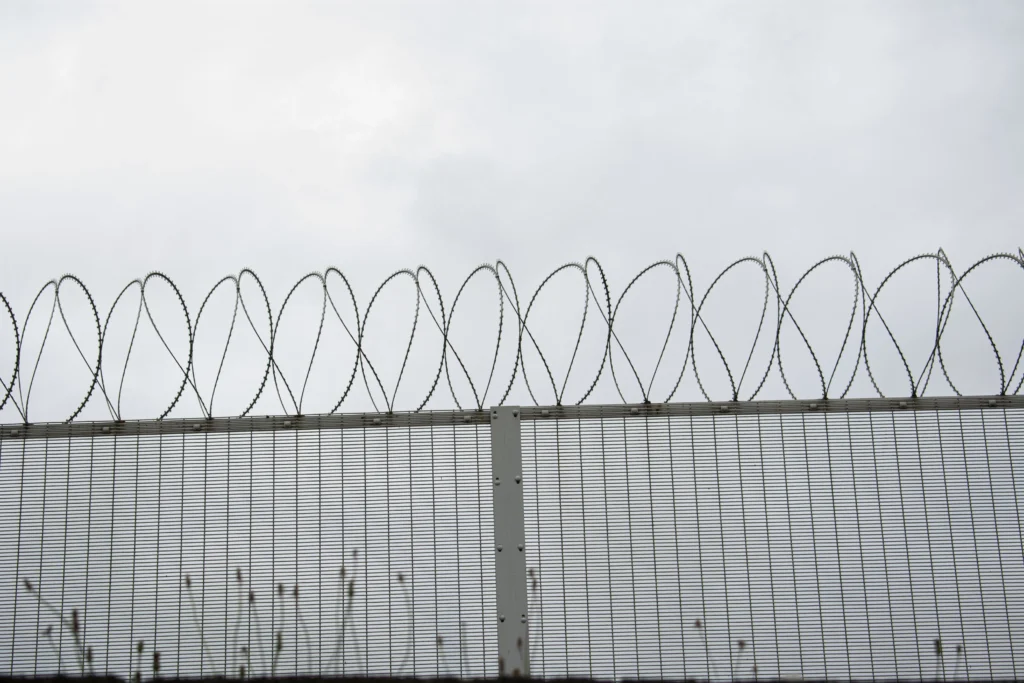
Safety and Visibility Benefits
One of the most overlooked roles of fencing is safety—both for workers and the public.
- High-Visibility Coating: Panels coated in bright red, orange, or yellow warn pedestrians of restricted access areas.
- Clear Boundaries: Workers and contractors immediately recognize restricted areas, reducing accidents.
- Signage Integration: Safety signs, hazard warnings, and company branding can be attached to fencing, serving both protective and promotional purposes.
High-visibility fencing is especially beneficial at night or during winter when daylight is limited.
Cost and Budgeting
Cost is always a deciding factor. But when it comes to fencing, the cheapest option is not always the most cost-effective.
- Upfront vs. Long-Term Costs: Cheaper fencing may rust or break, leading to replacement costs. Durable materials like galvanized steel have a higher upfront cost but save money in the long run.
- Delivery and Logistics: Consider suppliers that offer nationwide shipping. Can Industrial delivers across Canada and the USA, simplifying procurement.
- Value of Security: Preventing just one theft incident could cover the cost of a strong temporary fence.
When evaluating costs, factor in installation, maintenance, and replacement expenses—not just the initial purchase.
Use Cases for Temporary Fencing
Temporary fencing is not limited to construction. Its versatility makes it useful in a variety of settings:
- Commercial Construction: Protect large projects, machinery, and workers.
- Residential Construction: Secure renovations and prevent neighborhood hazards.
- Events and Festivals: Manage crowds and control entry points.
- Public Works Projects: Keep pedestrians away from road or bridge repairs.
- Emergency Response: Provide immediate barriers in disaster recovery or hazardous zones.
Understanding where and how fencing can be used allows companies to maximize their investment.
Best Practices for Managing Temporary Fencing
Buying the right fence is only half the battle. Proper management ensures it delivers maximum value.
- Regular Inspections: Check panels weekly for damage, rust, or instability.
- Anchor the Base: Use ground locks or weighted blocks to keep fencing stable in strong winds.
- Plan Access Points: Create gates for workers and vehicles to avoid frequent panel removal.
- Compliance Checks: Stay updated with local regulations to avoid penalties.
These small steps enhance security and extend the life of your fencing.
Why Choose Can Industrial for Temporary Fencing
Since 2006, Can Industrial has been a trusted name in heavy-duty industrial solutions. Their temporary fencing stands out because of:
- Premium Materials: Options include galvanized and rubber-coated panels built for Canadian conditions.
- Built-in Security Features: Locks and durable connections prevent tampering.
- Nationwide Shipping: Serving clients across Canada and the USA.
- Proven Experience: Nearly two decades of supplying reliable, heavy-duty industrial products.
With Can Industrial, you get more than fencing—you get peace of mind that your site is secure and compliant.
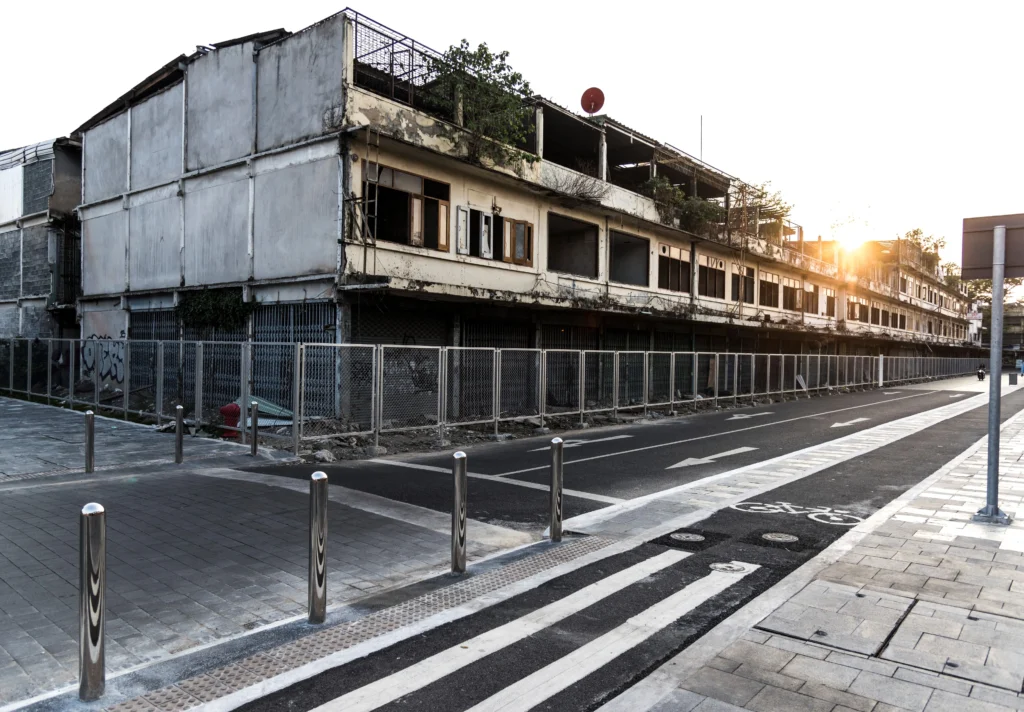
Frequently Asked Questions
Q: How tall should my construction fence be?
A: Most municipalities require at least 6 feet in height, but this can vary depending on the project type.
Q: Can temporary fencing withstand Canadian winters?
A: Yes, galvanized steel panels are resistant to rust and designed for harsh climates.
Q: Do I need professional installation?
A: Not always. Modular panels from Can Industrial are designed for quick installation by small crews.
Q: Can I reuse fencing for multiple projects?
A: Absolutely. With proper care, high-quality fencing can last for years and be used across different sites.
Conclusion
Temporary fencing is more than just a barrier, it is an investment in safety, security, and efficiency. By choosing the right fencing solution, you protect workers, equipment, and the public while keeping your project compliant with regulations.
When considering durability, visibility, ease of installation, and cost-effectiveness, Can Industrial’s range of fencing solutions stands out as a reliable choice for contractors across Canada and the USA.
Whether you’re managing a small renovation or a large-scale infrastructure project, temporary fencing ensures peace of mind. In the end, the right fence does more than secure your site, it secures your success.
